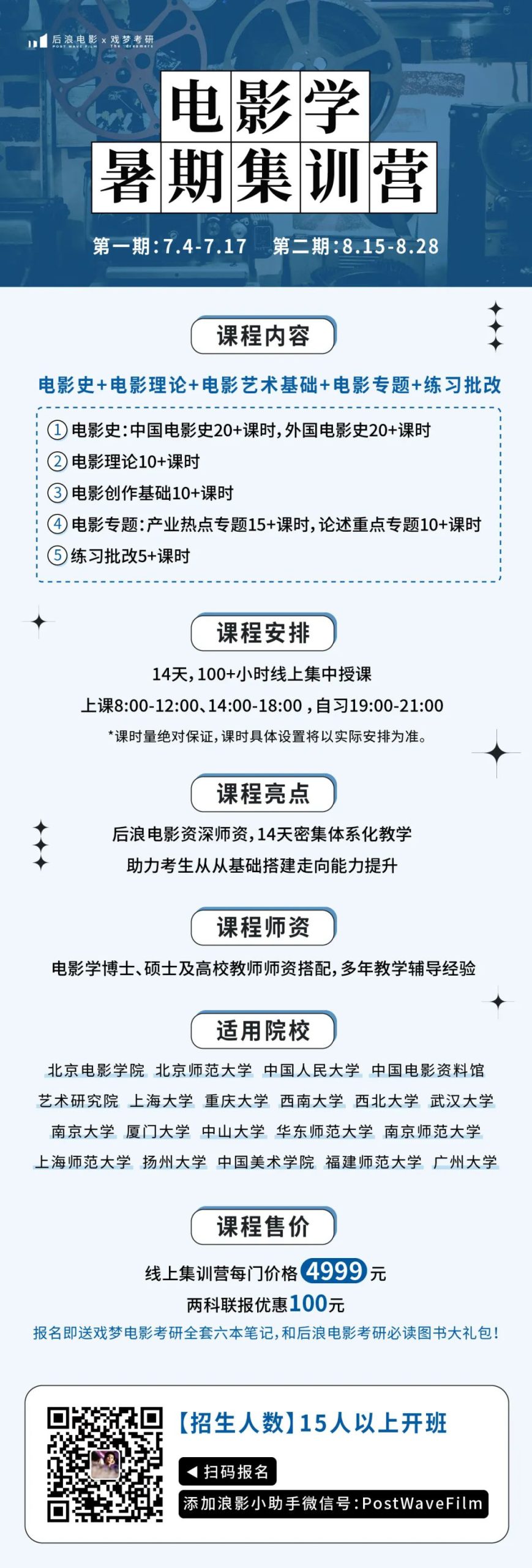Books and teachers are recommended, and Houlang movies push you ashore!
In the process of preparing for the postgraduate entrance examination of film science, every postgraduate er is undoubtedly faced with the arduous task of reading a large number of reference books.
With the increasing number of postgraduate entrance examinations, the knowledge involved in film postgraduate entrance examinations has become more and more profound and extensive. From the perspective of examination, it is far from enough to complete the official reference list listed in the target institution. At the same time, in order to maximize the benefits of the unified examination mechanism and help major universities to select prospective graduate students with good comprehensive ability and professional ability, canceling the official bibliography of colleges and universities has also become the general trend in the transformation of graduate enrollment methods.
Facing the change of examination situation, it is an inevitable choice for every eager graduate student to read the professional bibliography in a targeted way to expand their academic vision and professional level. However, whether you can choose the reference books and expansion materials that suit your reading habits and the investigation methods of the target colleges has a nearly decisive influence on the efficiency, effect and even whether you can get high marks in the final exam.
In order to help you choose the most suitable bibliography for the postgraduate entrance examination of film science in the vast sea of books, Houlang Film refers to the real questions of major colleges and universities, and chooses the best from the professional perspective of deeply cultivating the field of film professional book publishing for many years, and finally sends this list of books full of dry goods to everyone.
Little friends who are still worried about choosing a bibliography should read it quickly!
Film Creation Foundation: Required Reading
The Secret of the Movie: Form and Meaning
(Stephen Prince, Houlangdang Cultural Development Publishing House)
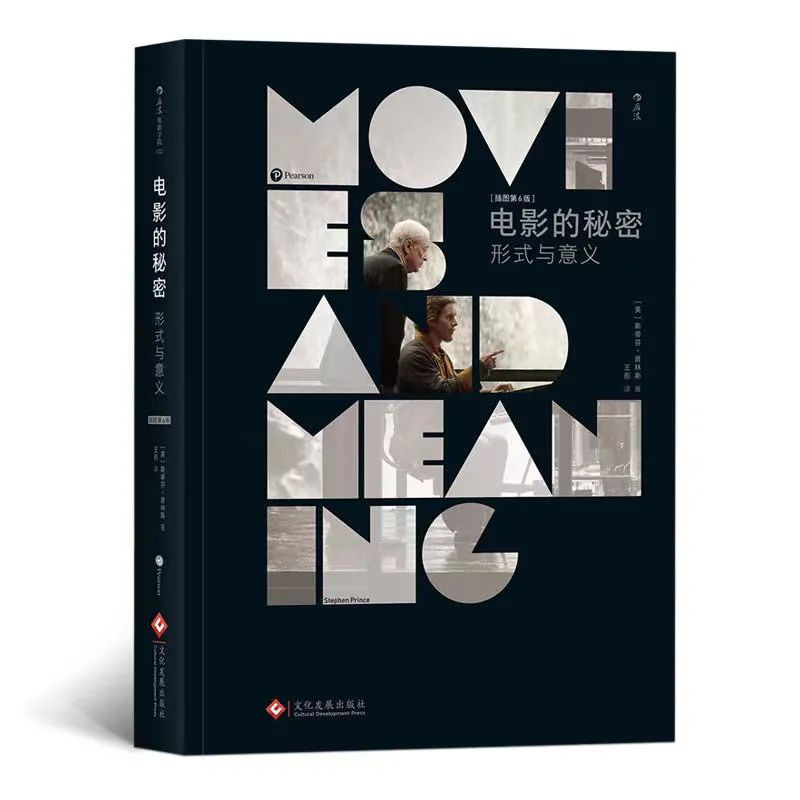
Recommendation:Advanced version of "Understanding Movies" to cultivate your professional vision.
Recommended index:★★★★★
Bibliographic introduction:As a heavyweight work in the Houlang film series, Understanding Film is widely regarded as one of the required books for film majors. As an advanced version of Understanding Movies, The Secret of Movies: Form and Meaning has been designated as the required reading for the introductory course of movies by many North American universities.
The author uses a large number of formalistic analysis methods to explain the film structural elements such as photography, art, performance, editing, sound design and narrative, and runs through his own aesthetic opinions and historical accomplishment. At the same time, this book also combines hundreds of beautiful pictures enlarged by film negatives, classic films covering various types, and comments on the creative careers of important filmmakers to help readers explore the secrets of movies.
Applicable people:It is suitable for friends who have mastered a certain film foundation, but are still not satisfied with the mystery of the film world to expand their reading.
The foundation of film creation: expansion
Film Art-Form and Style
(David Bordwell, Houlang | World Book Publishing Company)
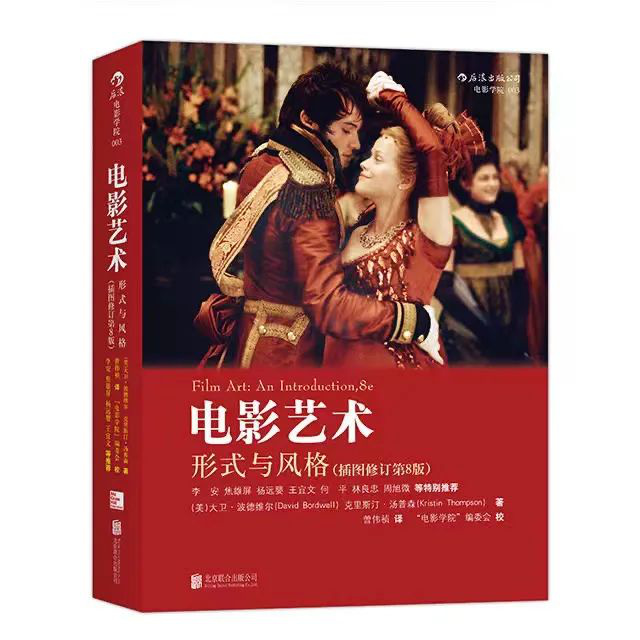
Recommendation:Director Ang Lee’s kind recommendation makes reading theory the best choice for fun. It can be read as a complement to the book The Secret of the Movie.
Recommended index:★★★★
Bibliographic recommendation:An introduction to cinematography that is being read all over the world. Author David Bordwell and his wife Christine Thompson are the most prolific and authoritative textbook compilers in the field of film studies in the United States and even in the world. They have written The History of World Film and How Hollywood Tells Stories, etc. However, if the best-selling and most popular works in the world are concerned, this film art is the only one.
This book briefly introduces all the contents of film art in a systematic and rigorous way. The author analyzes the composition materials of the film from different angles with different dimensions of meaning transmission, audio-visual style and historical tradition, and gives delicate and perceptual appreciation with rich examples of professional accomplishment. With a book in hand, you can know everything about movies.
Applicable people:The author knows very well how to help readers establish the basic concepts and knowledge system about movies, from which readers at all levels can benefit.
On film history: advanced
Flashback: A Brief History of Movies
(Louis Gianetti, Houlang | World Book Publishing Company)
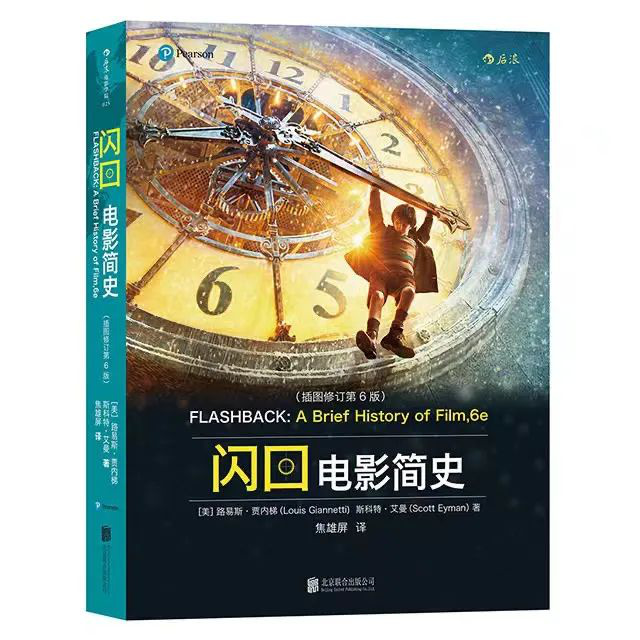
Recommendation:Another masterpiece by the author of "Understanding Movies" accurately reflects the past events on the screen, and has both academic rigor and reading pleasure.
Recommended index:★★★★
Bibliographic introduction:This book covers the film’s development process of more than 100 years from its inception to becoming a leading entertainment industry in the 21st century. Concise, concise and vivid in details, it can lead readers to understand the development context of the film, and at the same time, it can relive the interesting screen past of the film and the filmmaker.
This book takes the structure of every ten years as a unit, summarizes the development of Hollywood films, European films, Asian films and important filmmakers in each stage into the decade with the most remarkable artistic characteristics, and attaches a chronology of world social and cultural events in this period as intertextuality in front of each chapter, so that readers can understand the cultural and political climate of each historical period and easily grasp the development context of films.
Applicable people:The content of this book is simple, elegant and popular, and it is worth reading for both film lovers and professional learners.
On film history: expansion
Scenery: revisiting film history and curatorial practice
(Shadan, Houlang | Beijing United Publishing Company)
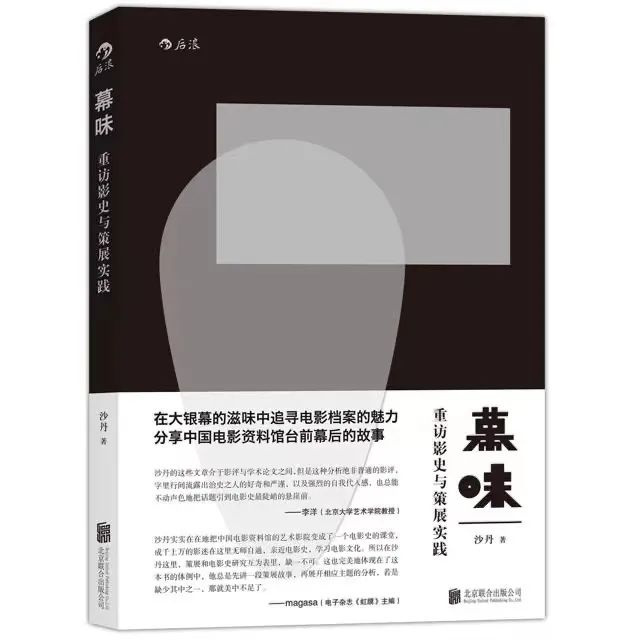
Recommendation:An academic and interesting film collection, sharing the stories behind the scenes of China Film Archive.
Recommended index:★★★★
Bibliographic introduction:The word "screen flavor" comes from Linglong, a famous female cultural publication in the Republic of China, and "screen flavor" is one of the film reporting sections. What is presented to readers is a special book on the research of old film archives and history.
This is an academic and interesting film collection. Based on many years’ experience in film curation, the author combs the aesthetic coordinates and cultural context of a number of key films from the perspective and method of history management, and makes in-depth thinking and research on the functional orientation and curatorial thinking of China Film Archive, the precious legacy left by outstanding films and filmmakers in China film history, the difficult problem of film archives preservation and the future of art cinemas.
Applicable people:Film archive candidates, as well as those who want to expand the relevant knowledge modules of China film history and film industry.
Film Review Writing: Expanding
How to write a film review
(Timothy Corrigan, Houlangdang World Book Publishing Company)
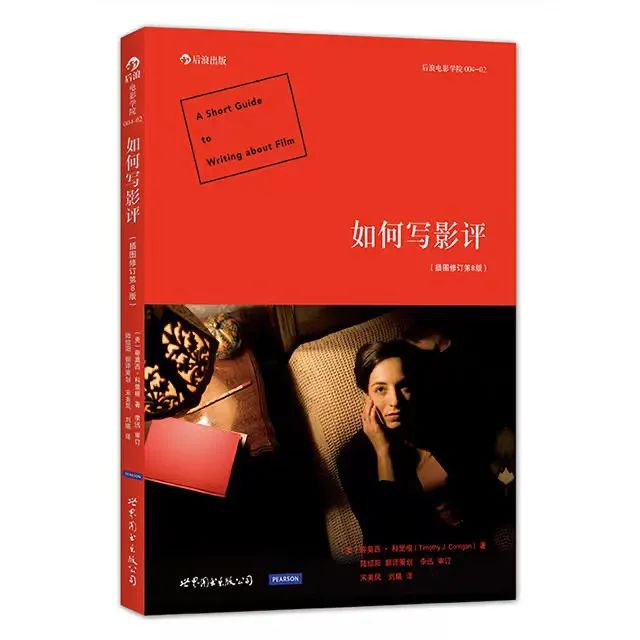
Recommendation:One of the best-selling film review writing guides.
Recommended index:★★★★
Bibliographic introduction:This book is the best-selling film review writing guide in the United States, and it is also a very professional writing guide with pure ways and convenient practice. The author’s constant updating and revision ensures that the book not only keeps a close eye on the latest technology and aesthetic forms of the world’s movies, but also does not forget to reflect on the history of movies.
In addition to introducing film criticism methods such as genre, author’s theory, ideology and formalism, the book also provides readers with detailed writing skills in detail: from writing movie notes, collecting information, starting, drawing conclusions, finding arguments, choosing words and sentences, modifying and polishing, and how to explore the breadth and depth of film research. Each step provides typical positive and negative examples for reference, which is highly operable. No matter for beginners or film critics, it is a simple writing reference book with rules to follow.
Applicable people:The examination subjects involve film criticism writing, candidates who want to improve their ability to discuss and take exams, and movie lovers who love film criticism writing and are eager for specific methodological guidance.
Recommend Read
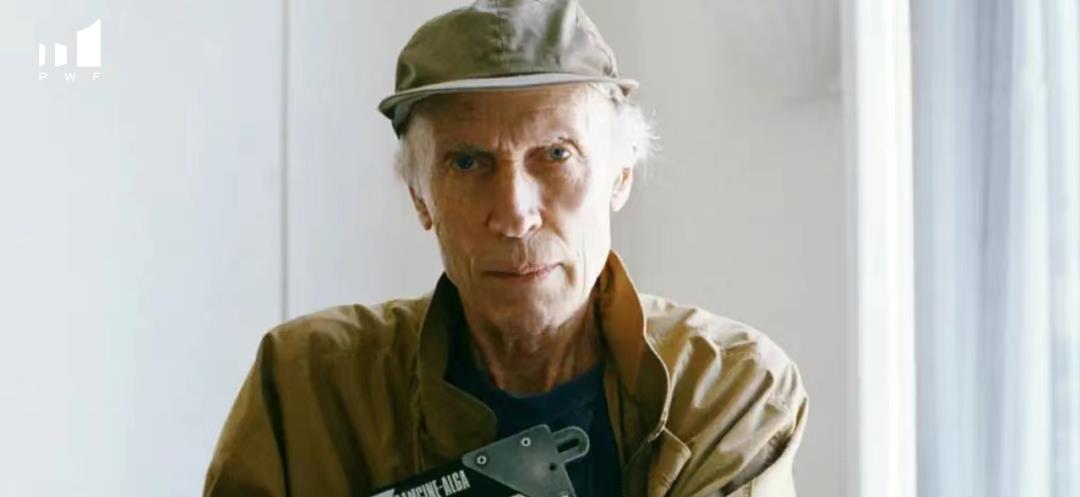
Why do I like movies, but I can’t get into graduate school?
